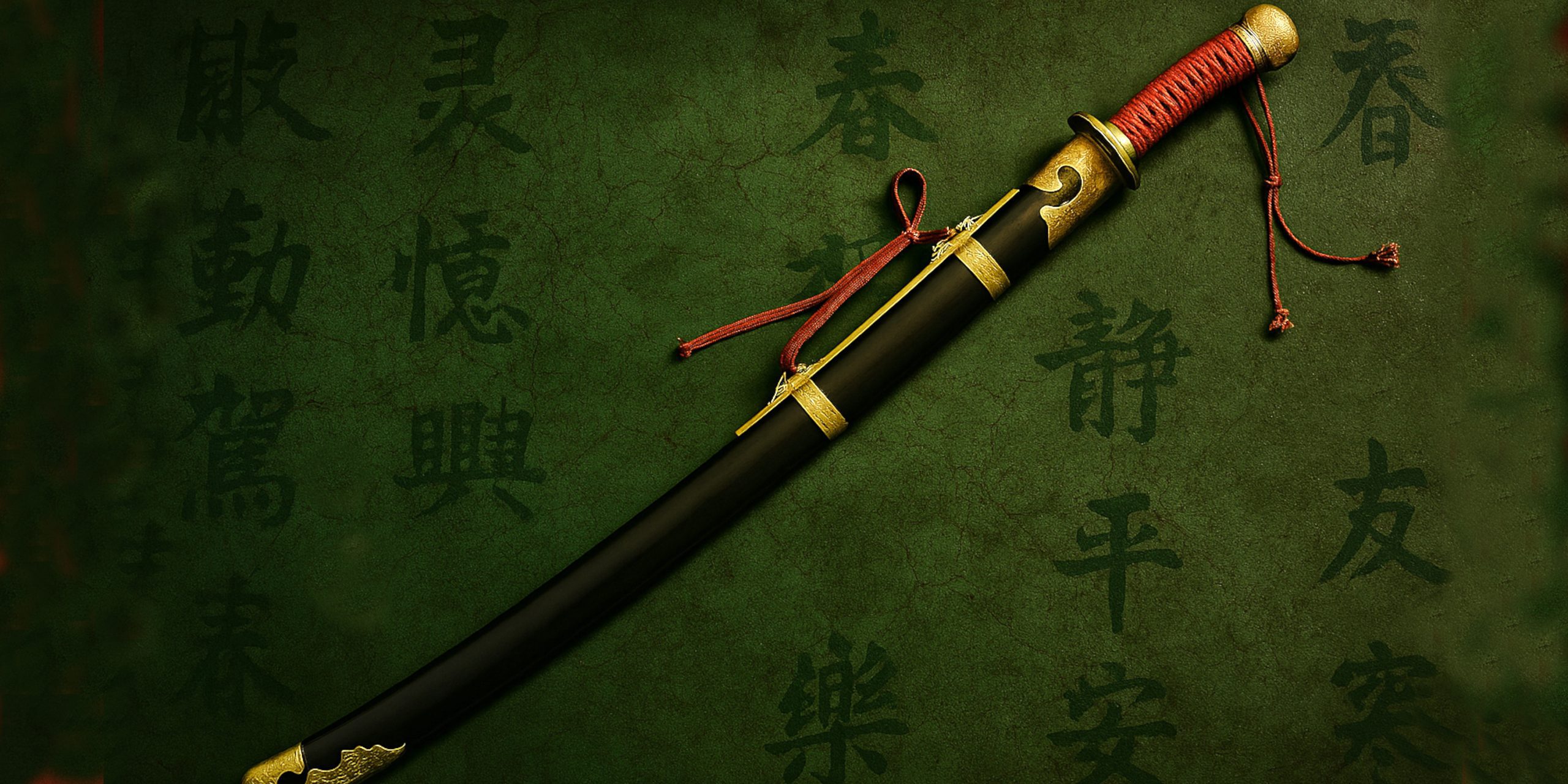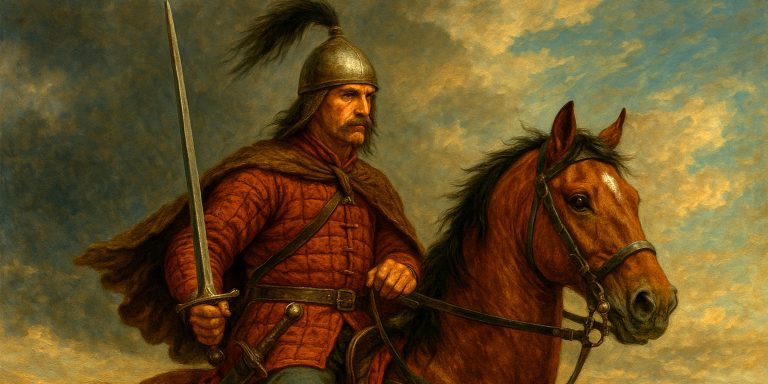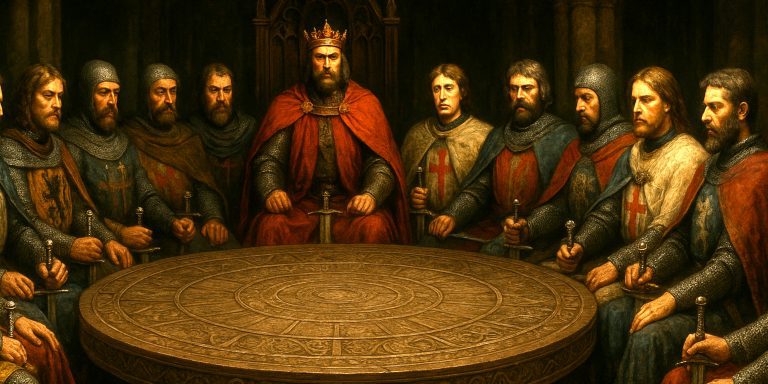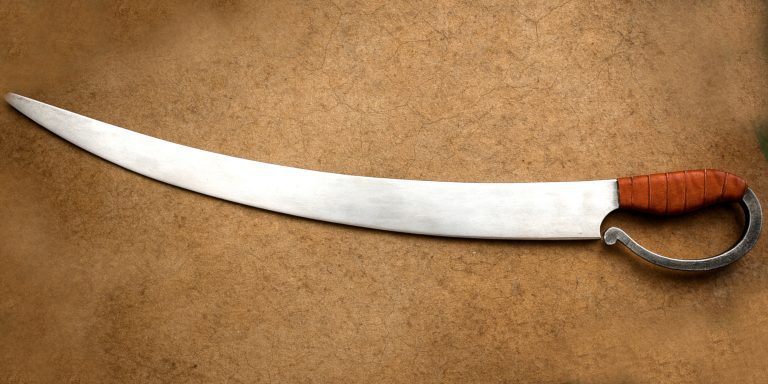
Introduction
The Yanlingdao was a traditional Chinese military sabre used predominantly during the late Ming and early Qing periods. Known for its curved blade and single edge, it was designed for both cavalry and infantry use. Its shape allowed for powerful slicing cuts while retaining enough point control for thrusting. The weapon reflects the period’s shift from straight double-edged jian to curved sabres influenced by Central Asian and steppe designs.
Specification
| Feature | Details |
|---|---|
| Blade type | Single-edged, curved sabre |
| Typical length | 70–90 cm |
| Blade curvature | Moderate, optimised for cutting |
| Tang construction | Full tang, peened or riveted to hilt |
| Hilt | Wood or ray skin wrap, often with metal fittings |
| Guard | Disc-shaped or slightly flared crossguard |
| Scabbard | Wood, lacquered or leather-covered |
| Weight | 1–1.3 kg |
| Primary use | Military combat, both cavalry and infantry |
| Period of use | Late Ming to early Qing (16th–18th centuries) |
History and Evolution
The Yanlingdao emerged in the Ming dynasty as Chinese armies adapted to the mobility and heavy cavalry tactics of nomadic steppe enemies. Earlier sabres such as the zhibeidao and piandao influenced its design, but the Yanlingdao represented a more standardised military weapon.
During the late Ming, the sabre was a primary sidearm for soldiers, particularly in frontier garrisons. Its slightly curved blade made it more versatile in mounted combat, while still allowing infantry to use it effectively. The Qing dynasty continued its use, although later in the 18th century it was gradually replaced by other forms such as the willow-leaf dao (liuyedao).
Advantages and Disadvantages
Advantages
- Effective in both cutting and thrusting.
- Well suited for mounted combat due to curvature.
- Durable construction with robust tang.
- Easy to train troops in its use compared to more specialised weapons.
Disadvantages
- Less effective in armoured combat compared to heavier chopping weapons.
- Reduced thrusting penetration compared to straight jian.
- Curvature limits certain close-quarters manoeuvres.
Comparison with Similar Weapons
| Weapon | Main Differences |
|---|---|
| Jian | Double-edged straight sword, more suited to thrusting and precise cuts; requires more training. |
| Piandao | More heavily curved than Yanlingdao, optimised almost entirely for slashing. |
| Liuyedao | Later Qing sabre with a broader blade and more pronounced curve; heavier for powerful cuts. |
| Kilij | Ottoman sabre with a pronounced curve and yelman (flared tip), offering heavier cuts. |
| Tachi | Japanese sword with a more extreme curve and different mounting style, mainly cavalry-oriented. |
Legacy
The Yanlingdao holds an important place in Chinese military history as a transitional weapon between earlier straight blades and the later highly curved sabres of the Qing era. It represents a period of adaptation, where Chinese martial design absorbed elements from foreign sabres without losing its own traditions. Today, the Yanlingdao is appreciated by historians, martial artists, and collectors for its balance and versatility.
Where to See
Authentic Yanlingdao examples can be viewed in several museums and collections:
- National Museum of China, Beijing – Late Ming military sabres with Yanlingdao profiles.
- Palace Museum, Beijing – Imperial guard weapons, including Yanlingdao variants.
- Shenyang Palace Museum – Qing period sabres derived from the Yanlingdao.
- Private collections in North America and Europe occasionally feature examples in arms and armour exhibitions.
Collector’s Guide and Auction Prices
Collecting Notes
- Original Yanlingdao are rare and often misattributed as other types of dao.
- Condition is crucial; intact blades with original fittings command higher prices.
- Provenance and dating greatly affect value.
- Reproductions exist, often made for martial arts practice.
Recent Auction Prices
| Year | Auction House | Condition | Sale Price (GBP) |
|---|---|---|---|
| 2022 | Bonhams | Good, complete fittings | £4,800 |
| 2021 | Sotheby’s | Excellent, late Ming | £7,200 |
| 2019 | Hermann Historica | Blade only, Ming period | £1,900 |
| 2018 | Christie’s | Restored hilt, Qing era | £3,400 |



